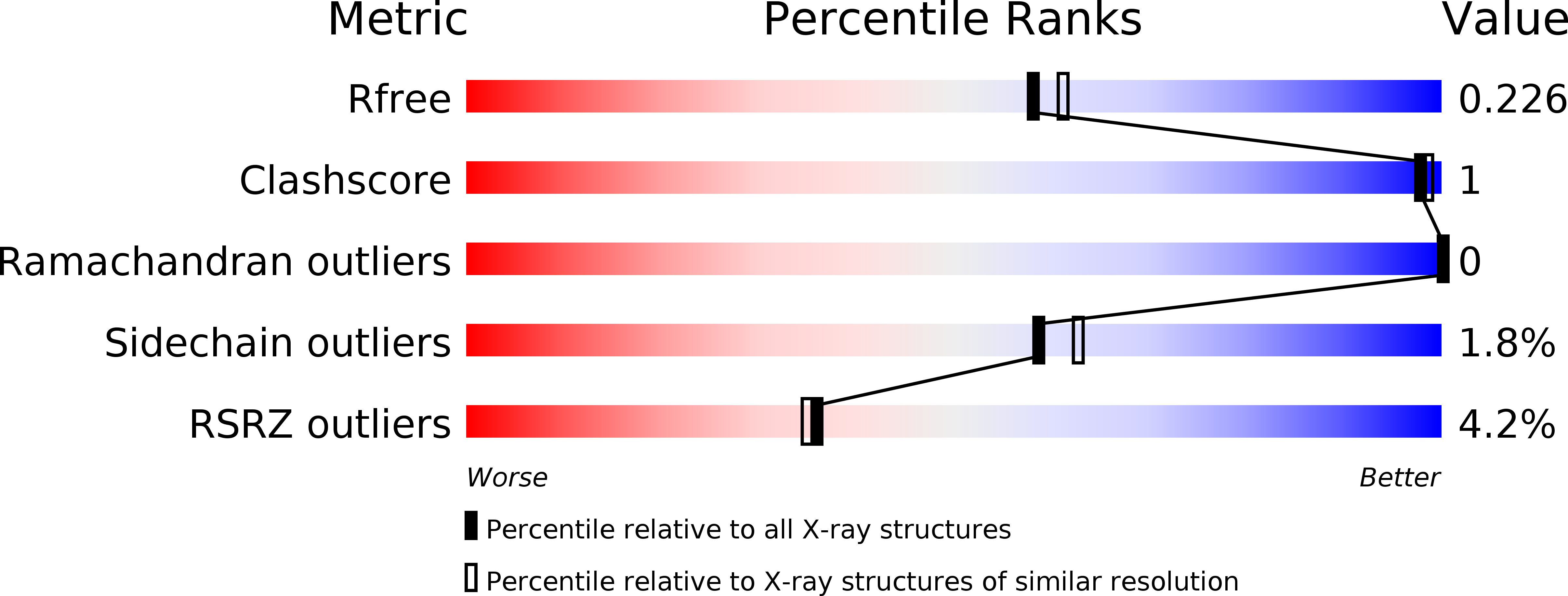
Deposition Date
2018-01-16
Release Date
2019-01-09
Last Version Date
2024-10-16
Entry Detail
PDB ID:
6C5H
Keywords:
Title:
S25-5 Fab in complex with Chlamydiaceae-specific LPS antigen
Biological Source:
Source Organism:
Mus musculus (Taxon ID: 10090)
Method Details:
Experimental Method:
Resolution:
1.99 Å
R-Value Free:
0.22
R-Value Work:
0.18
R-Value Observed:
0.18
Space Group:
C 2 2 21


